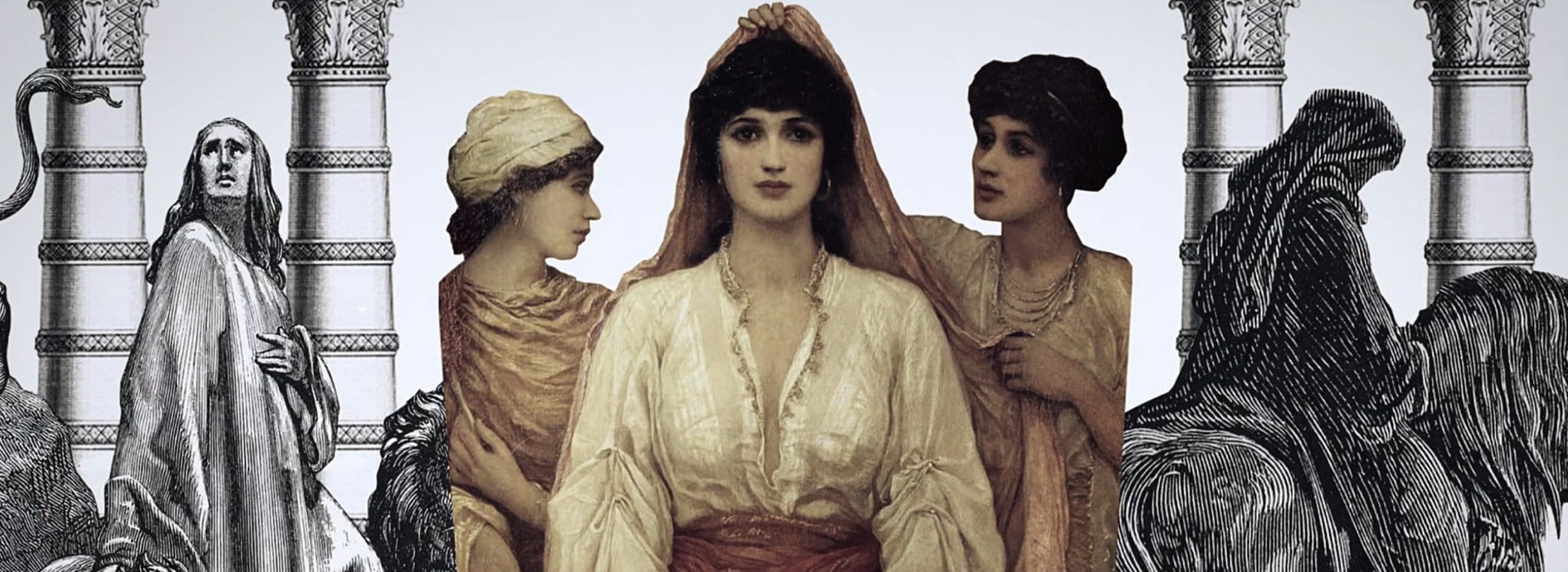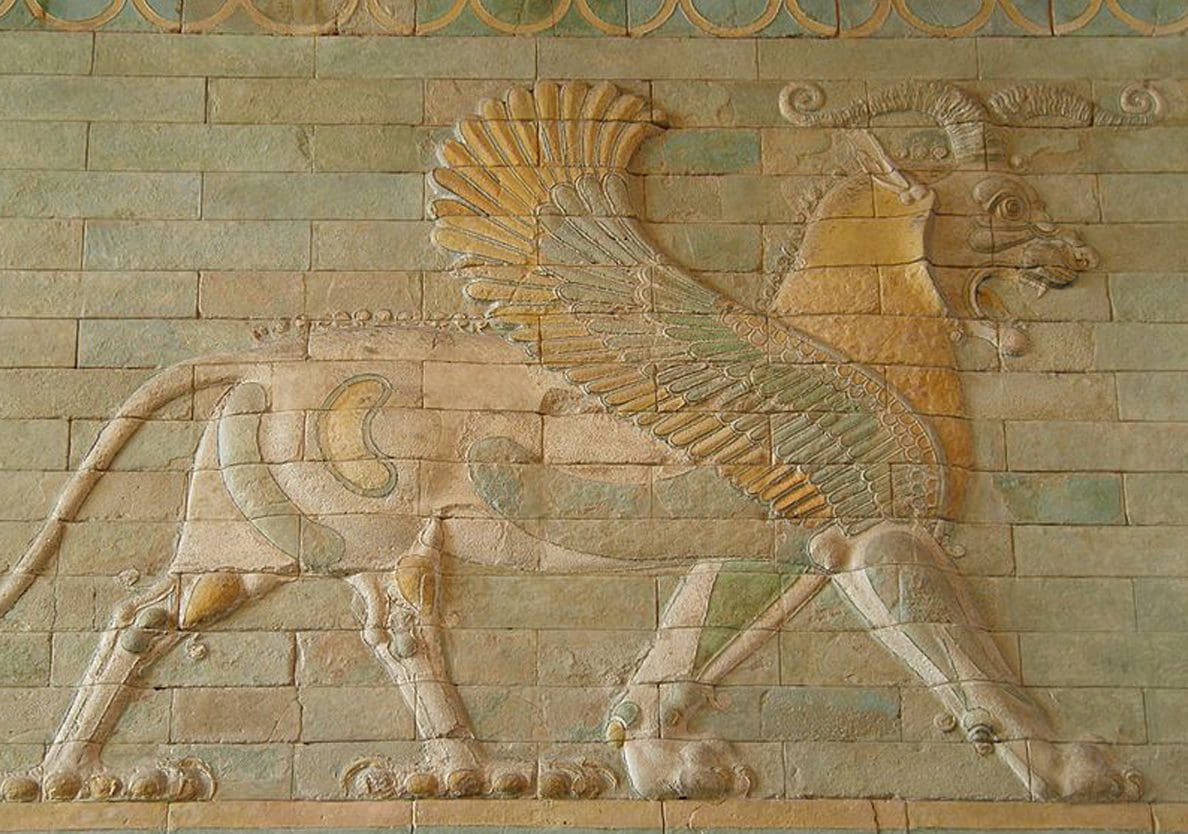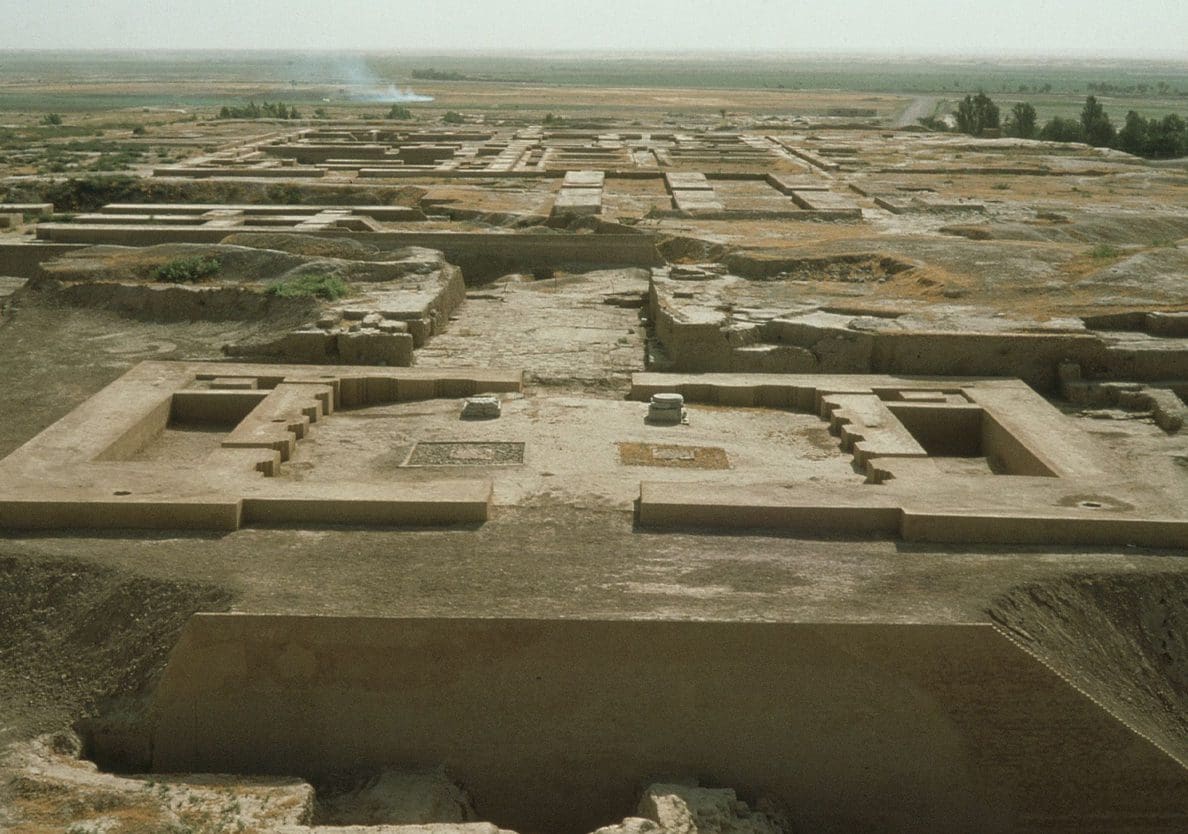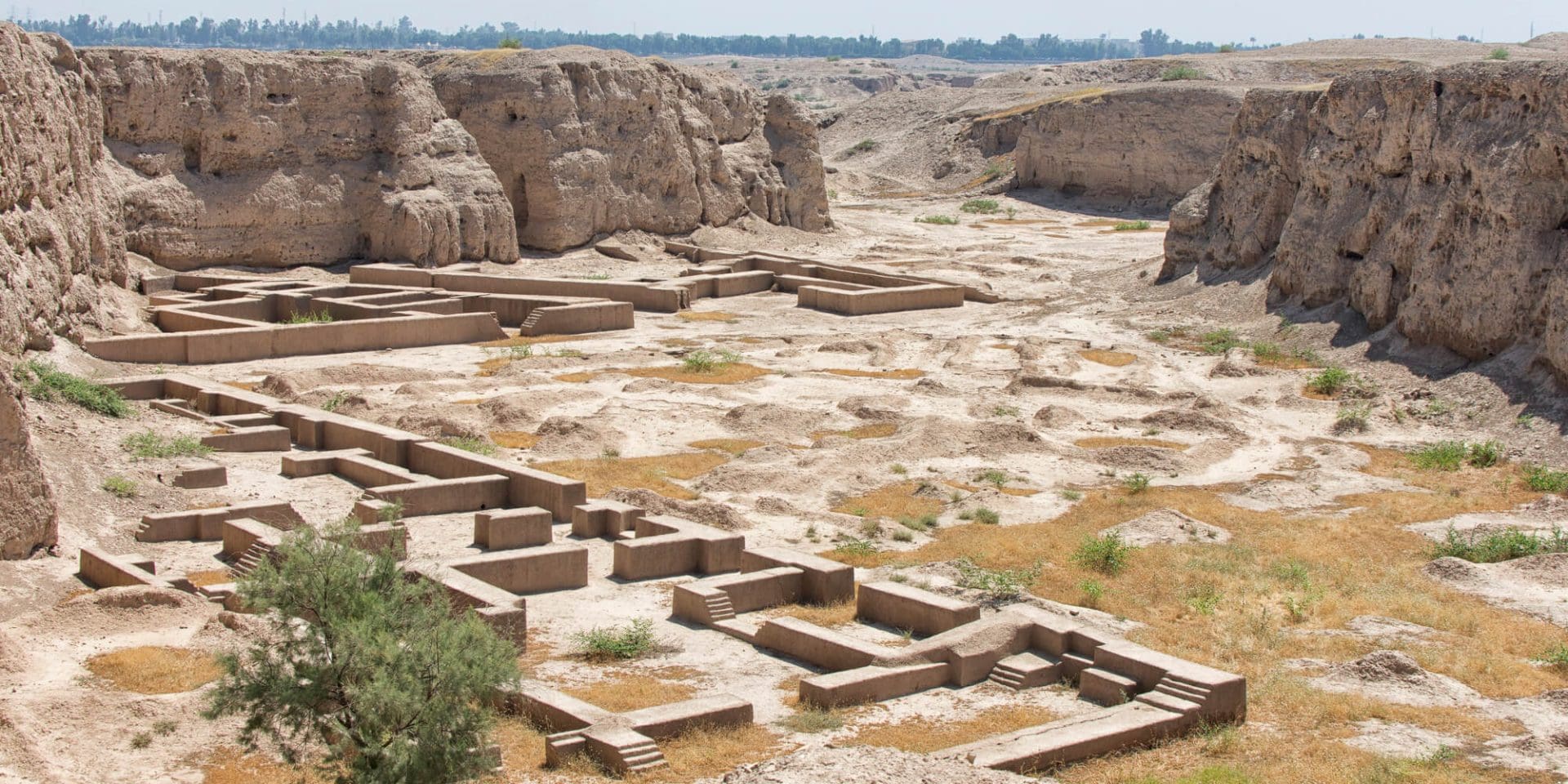In modern day Iran lies the ancient city of Shushan, known as Susa in English renderings of the Bible. Susa is the site of famous story of Queen Esther, its palace was also home to Biblical Nehemiah (Nehemiah 2) and was envisioned by the prophet Daniel (Daniel 8). Excavated for almost one-hundred years, the site of Susa has revealed her ruined Persian palace and royal city, showing students of the Bible that the book of Esther must retain eyewitness reports of its function and layout. Today, some of the decorative palace remains are stored in the Louvre, including a foundation inscription that records where all the luxury building materials were brought from.

The Royal palace of Susa was built by Esther’s royal father-in-law Darius I, known to history as Darius the Great. Darius constructed Susa as a winter capital of the Persian empire, here he constructed a massive 12-acre terrace upon which he built his monumental palace connected to the city of Susa by a large gate known in Esther as the King’s Gate (Esther 2:19). To access the palace compound, one would have to cross a bridge over a river and walk through the King’s Gate and into a large courtyard outside of the palace. This system of the Palace complex being separated from the city proper is reflected in the book of Esther that distinguishes between the city of Susa and the Citadel of Susa that should be identified as the Palace complex (Esther 3:15).
Inside the palace, the royal banquet hall (known as the Apadana) has been identified. It was a pillared room whose elaborately decorated columns were 65 feet tall.[1] This banquet hall saw the infamous feast of Xerxes when he drunkenly requested queen Vashti’s presence (Esther 1), it also was a main place of Nehemiah’s work as cupbearer to King Artaxerxes (Nehemiah 2). The very spot of the king’s throne in this banquet hall has been identified by its stone base centred between the pillars of the room.


The Palace itself was organized in a more Babylonian style incorporating three main courtyards that created a grand walkway through the palace on the way to the King’s throne room. These courtyards would have been decorated with stone reliefs and glazed bricks, and they were separated by guard houses. The book of Esther indicates that the outer courtyard was the place the Royal officials would come with their business and wait to be summoned by the king, as Haman providentially did (Esther 6:4).
From the layout of the palace, it is easy to see that the king’s throne located in his great hall, or throne room, would have had direct line of sight to the inner courtyard where Esther is said to have illegally come to request an audience with her husband (Esther 5:1). Esther herself would have come from the women’s quarters, through the palace’s middle courtyard and into the inner one, a route that can still be walked by modern visitors to Susa.

Corie Bobechko is a daily co-host, speaker, and writer of Bible Discovery. She also hosts a YouTube channel that shows how history and archaeology prove the Bible. Her heart for seekers and skeptics has led her to seek truth and share it with others. Corie also has a Bachelor of Theology from Canada Christian College.
[1] Bolen, Todd. Site-Seeing: “Surprising Susa” Biblical Archaeology Review, March/April 2019.
• Jona Lendering, “Susa, Palace of Darius the Great.” Livius.org. Published on 2004; last modified on 12 October 2020.
https://www.livius.org/articles/place/susa/susa-photos/susa-palace-of-darius-the-great/
• K.E. Eduljee, “Site of Susa/Sush”. Zoroastrian Heritage.
https://www.heritageinstitute.com/zoroastrianism/susa/index.htm
• Bryan Windle, “Three Palaces of Biblical Kings Viewed from Google Earth”. Associates of Biblical Research. Published on August 12, 2019.
https://biblearchaeology.org/research/topics/ancient-near-eastern-studies/4467-three-palaces-of-biblical-kings-viewed-from-google-earth
• “Shushan The Citadel With Bible In Hand.” Bible Reading Archeology. Published on September 20, 2018.
https://biblereadingarcheology.com/2018/09/20/shushan-the-citedal/






